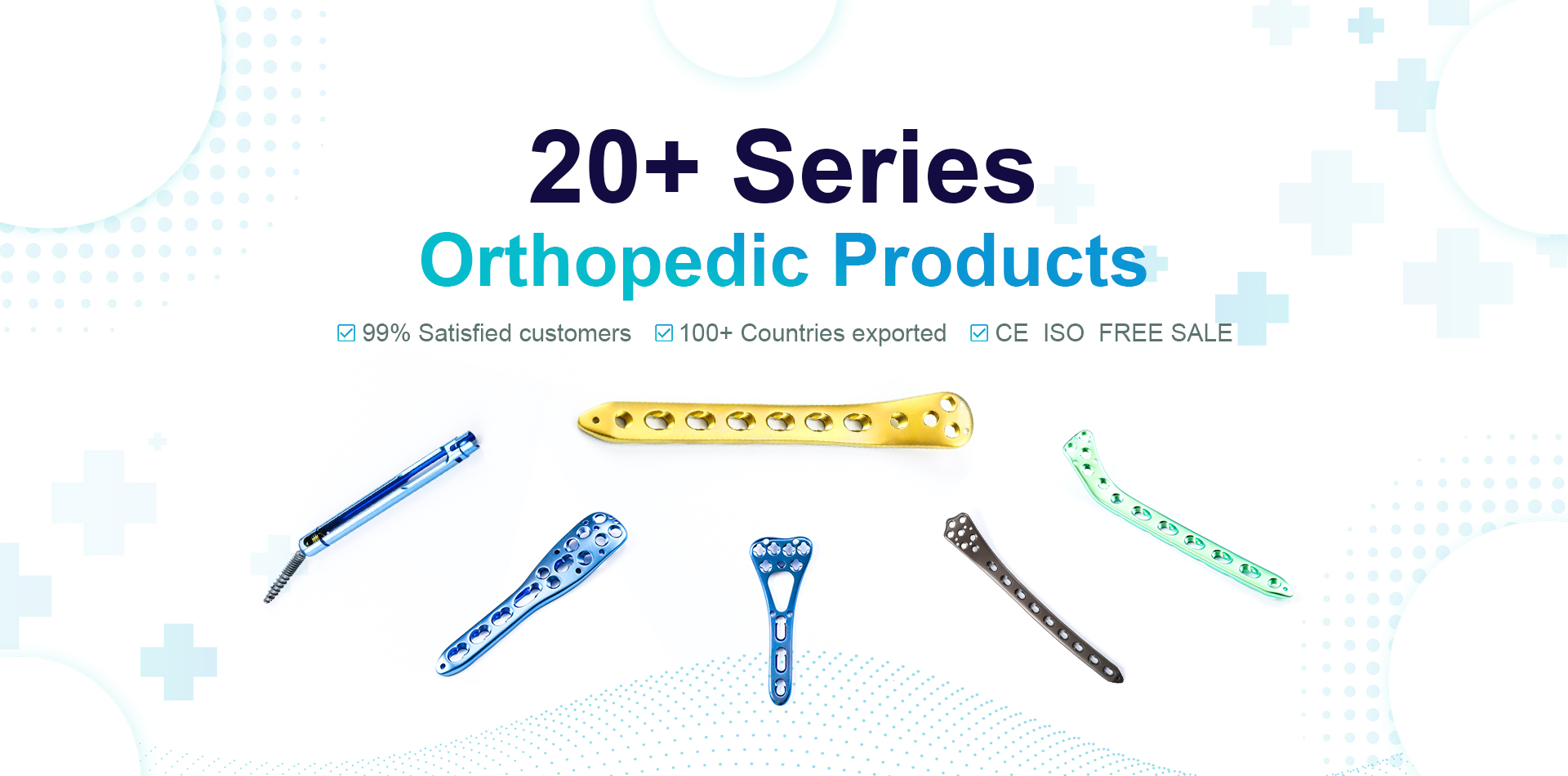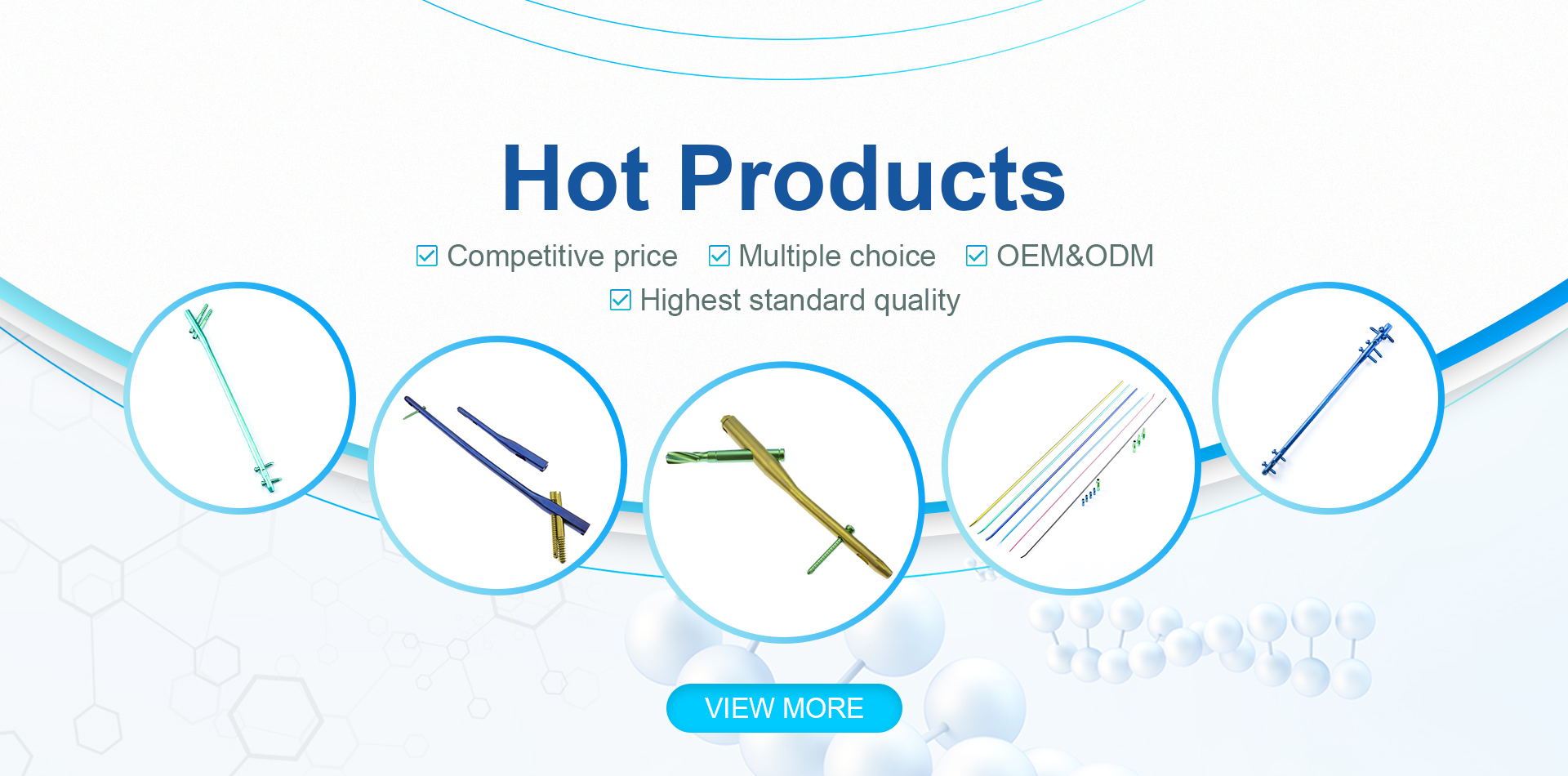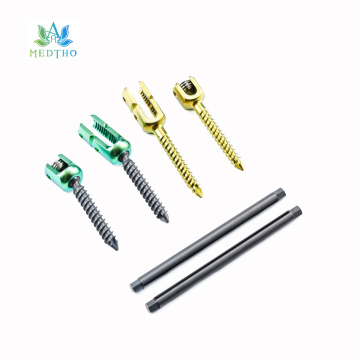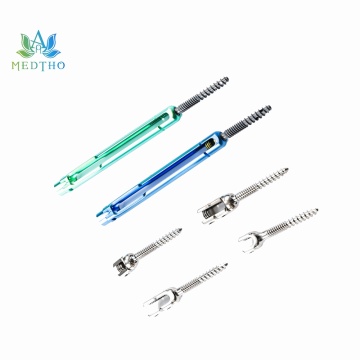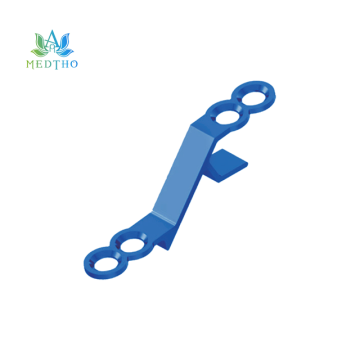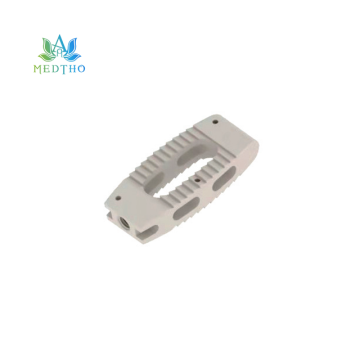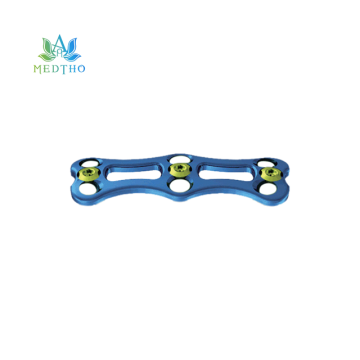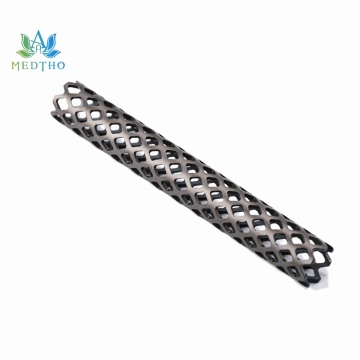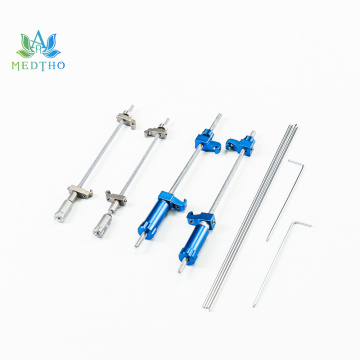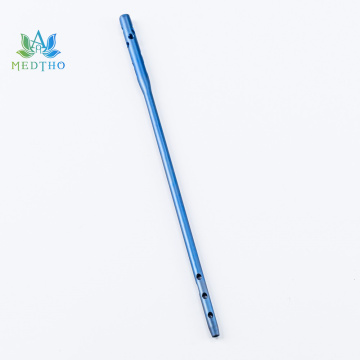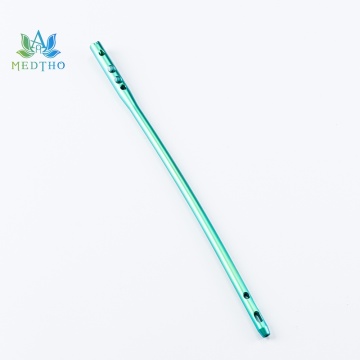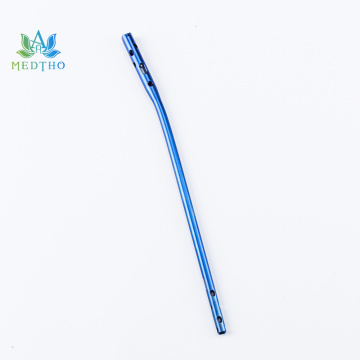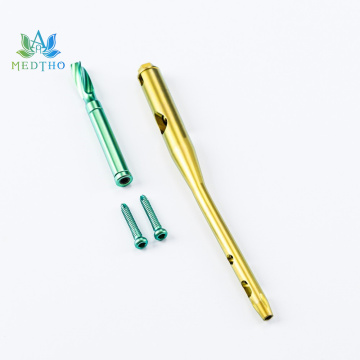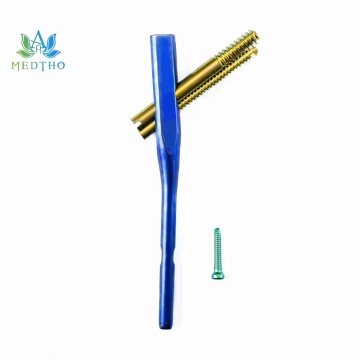Jiangsu Aomed Ortho Medical Technology Co.,Ltd is specialized in manufacturing orthopedic implant and instruments, a diversified model of Research and development, production, sales, export. The company has perfect quality management system and advanced production capacity. After more than 18 years research and development, we have about 11main product series and they are Spinal system, Intramedullary nail system, Trauma plate and screw system, Locking plate and screw system, CMF Maxillofacial system, External fixation, Joint system, Medical power tool system, general surgical instruments system, sterilization box&basket, veterinary orthopedic etc. In the principle of”quality first, service first, R&D first, innovation first”, the company wins an excellent reputation both in domestic and abroad.Customer satisfaction is the purpose of our service.

Privacy statement: Your privacy is very important to Us. Our company promises not to disclose your personal information to any external company with out your explicit permission.


